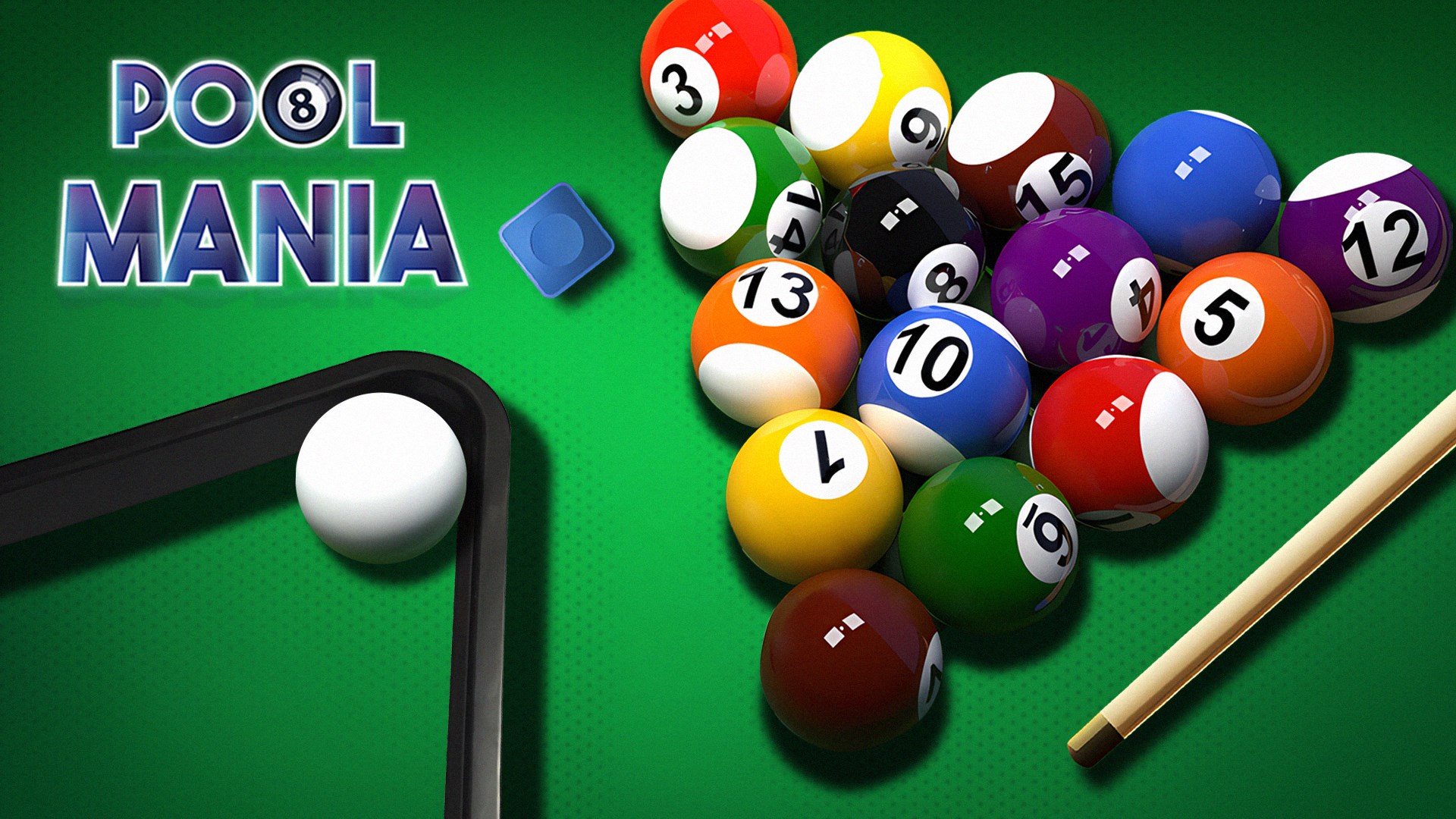Sustainability, Free Full-Text
Por um escritor misterioso
Last updated 07 novembro 2024
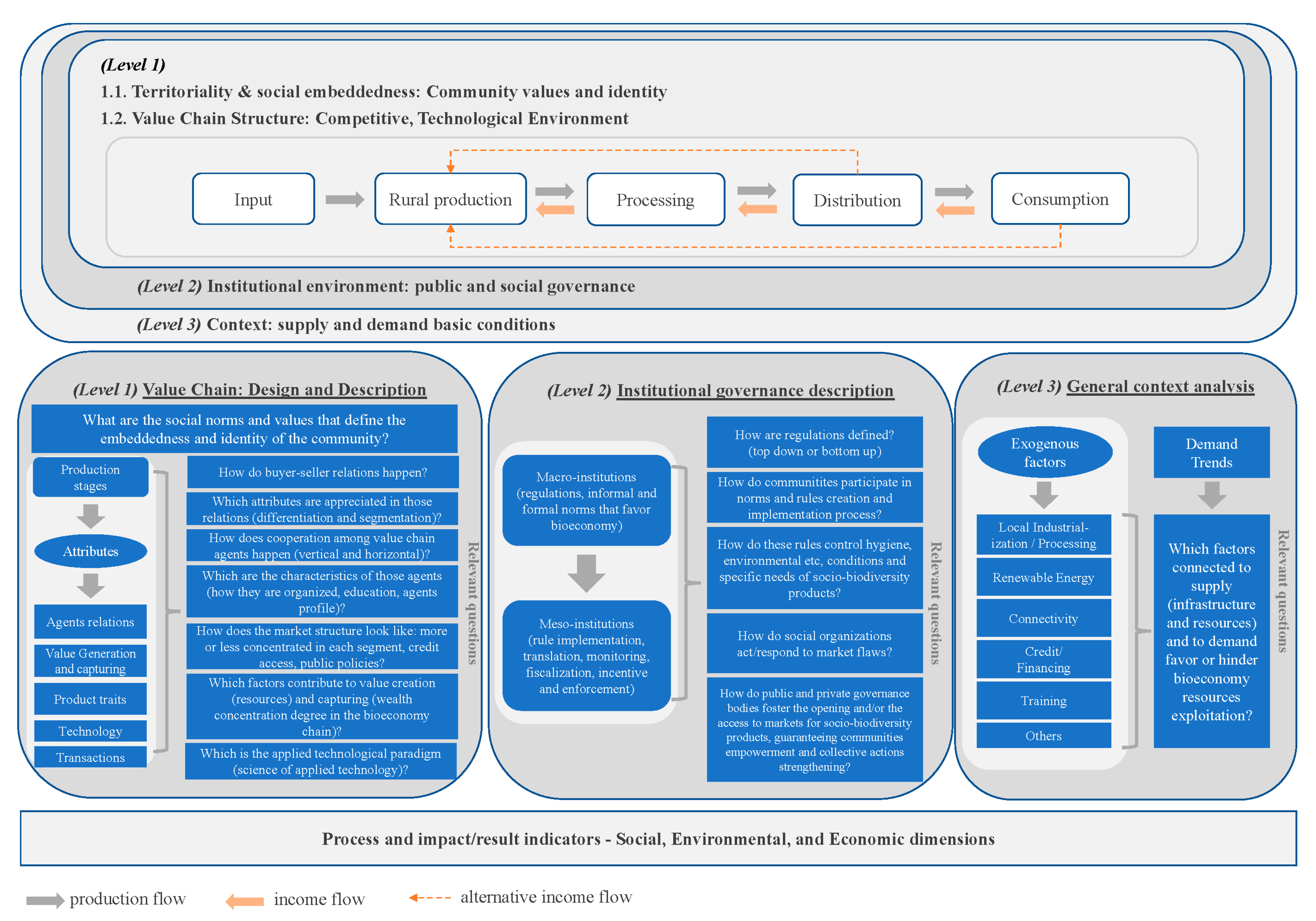
The bioeconomy has gained traction among the broader discourses on sustainable development, ecological transition, and the circular economy. Governments in the Global North and international institutions maintain that the bioeconomy can gradually replace fossil-based raw materials and nonrenewable resources with biomass and biological renewables. The Global South has increasingly adopted the approach, but with important variations across mega-biodiverse regions. In these regions, the bioeconomy must encourage economic activities that preserve biodiversity and strengthen local communities, promoting their well-being and cultural diversity. This paper argues that conventional research methods and indicators are not fit for this purpose. We therefore propose an alternative method and indicators and present an initial validation of the approach with an application to the pirarucu (Arapaima gigas) value chain in the Brazilian . By applying a bottom-up approach to evaluation that considers the perspective of the individuals and communities involved, the proposed methodology captures relevant dimensions of the value chain—including trade-offs—while identifying bottlenecks and the role of institutions. It also allows for verification of the achievement of the objectives of the socio-biodiversity bioeconomy in this model. The application to the case study finds that the managed pirarucu fisheries are a viable value chain associated with improved fish stocks and lower than average forest loss. Socio-economic benefits include the generation of reasonable income and greater participation by women. Income remains a complement to other sources of livelihood, however, and attractiveness to local communities is an issue. Positive outcomes are owed largely to local knowledge, collective action, and the role played by meta-organizations, while negative ones such as overfishing have resulted from institutional failures. Conventional analysis would likely not have considered these factors and missed these policy lessons. This corroborates the view that alternative methods and indicators are needed for the socio-biodiversity bioeconomy. While the application to the case study suggests the method and the indicators are conceptually suitable, we identify a number of shortcomings regarding the identification of interventions, attribution, and monitoring of the sustainability of the model.

Sustainability, Free Full-Text, Computer-Based Concept Mapping as a Method for Enhancing the Effectiven…

Sustainability A Comprehensive Foundation 45.1 PDF, PDF, Sustainability
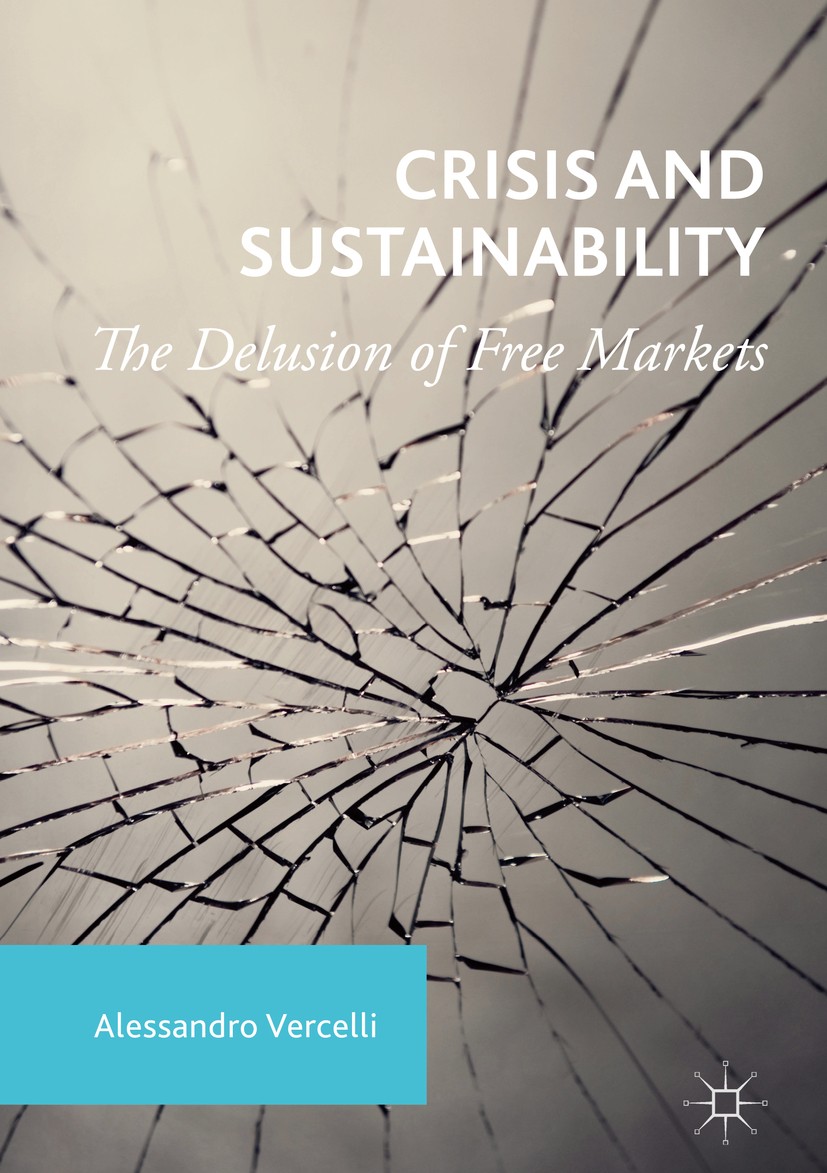
Crisis and Sustainability

Sustainability Word Cloud: Over 3,821 Royalty-Free Licensable Stock Vectors & Vector Art

Energy Efficiency & Sustainability Experts

Sustainability - Wikipedia
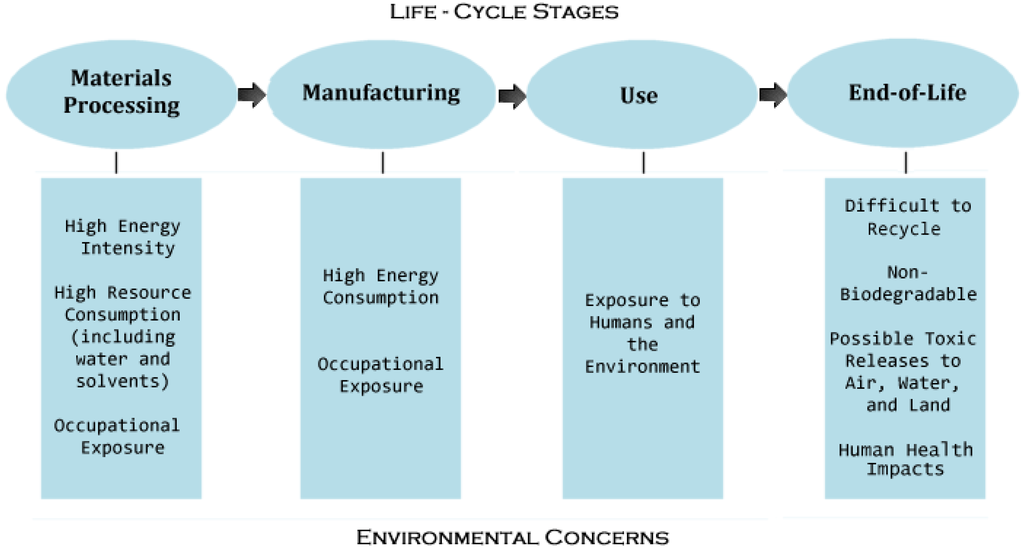
Sustainability, Free Full-Text
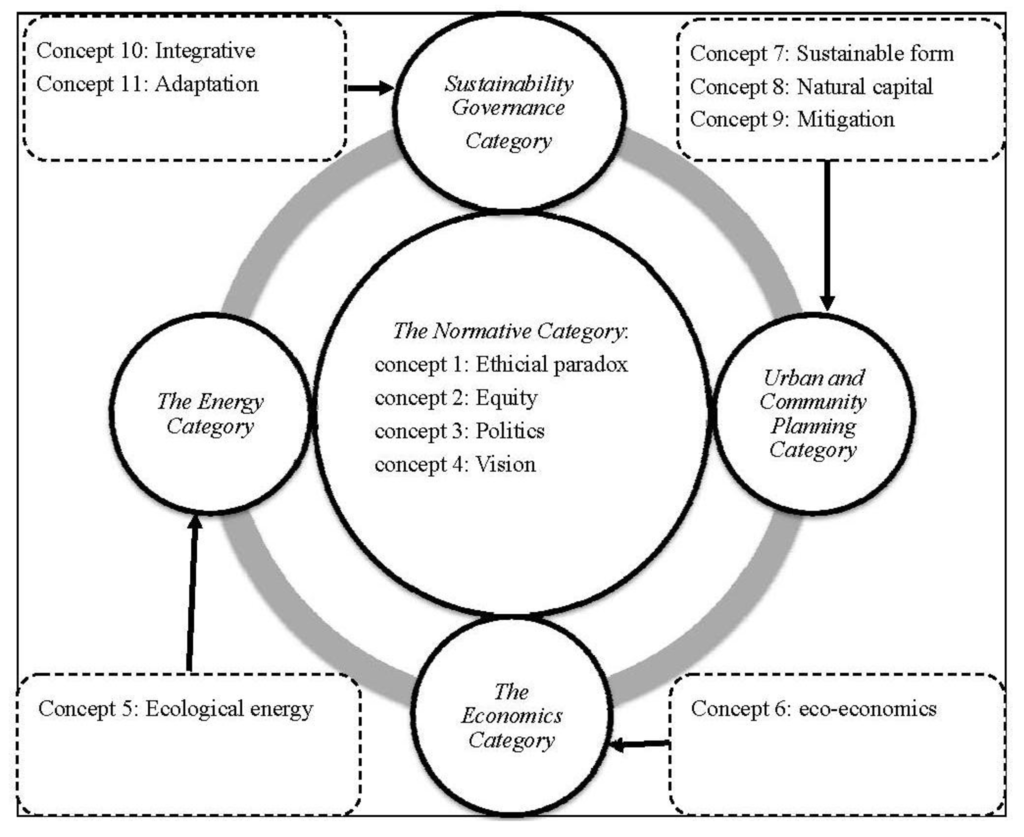
Sustainability, Free Full-Text
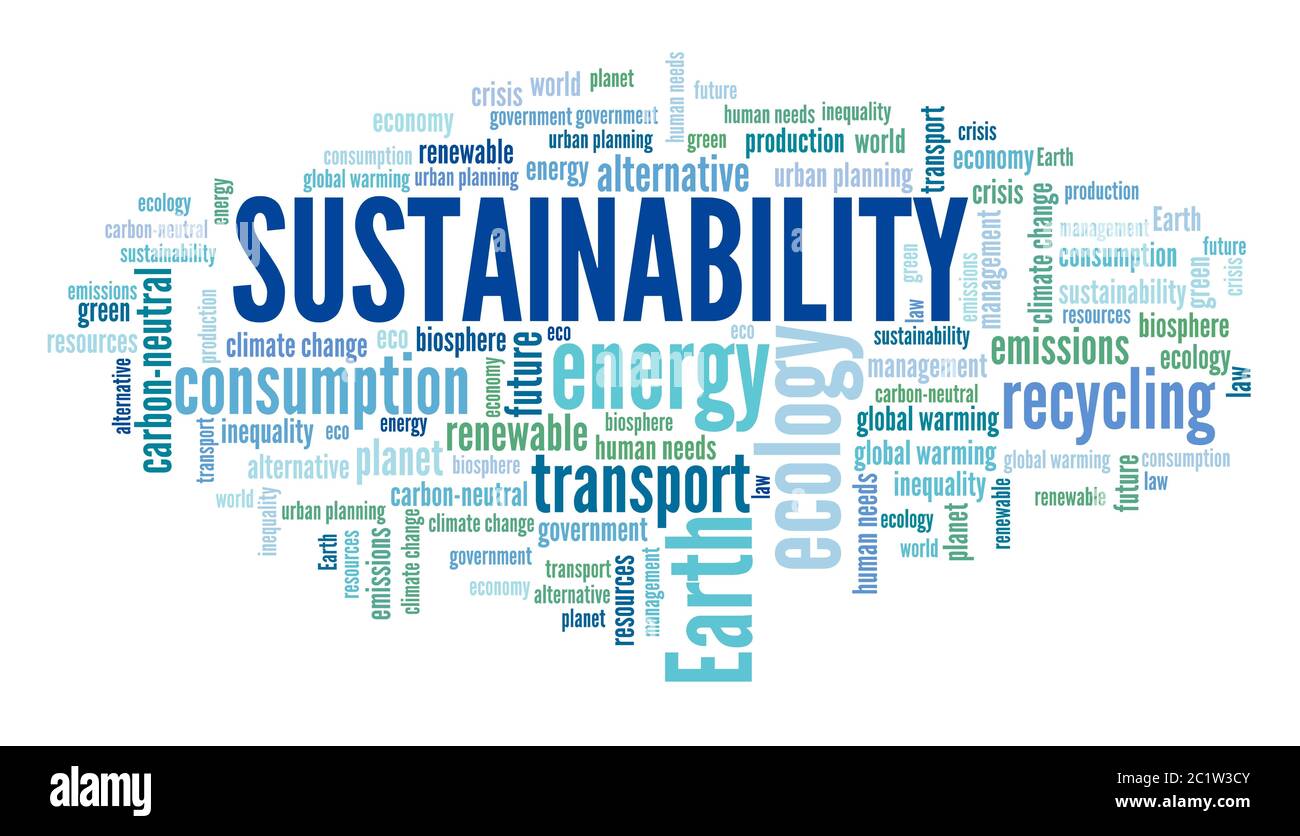
Sustainability word cloud. Environmental sustainability text concepts Stock Photo - Alamy

Sustainability Word Cloud: Over 3,821 Royalty-Free Licensable Stock Vectors & Vector Art

Sustainability Word Cloud Concept. Vector Illustration Royalty Free SVG, Cliparts, Vectors, and Stock Illustration. Image 35845895.
Recomendado para você
-
 The origin of 'Press F to Pay Respects' - Dot Esports07 novembro 2024
The origin of 'Press F to Pay Respects' - Dot Esports07 novembro 2024 -
 What is the meaning and origin of 'Press F to pay respect'? - Quora07 novembro 2024
What is the meaning and origin of 'Press F to pay respect'? - Quora07 novembro 2024 -
 COMO SURGIU A EXPRESSÃO PRESS F TO PAY RESPECT (CALL OF DUTY07 novembro 2024
COMO SURGIU A EXPRESSÃO PRESS F TO PAY RESPECT (CALL OF DUTY07 novembro 2024 -
 Rocky Rodent PT 7 (Literalmente, F no chat)07 novembro 2024
Rocky Rodent PT 7 (Literalmente, F no chat)07 novembro 2024 -
Comunidade Steam :: Captura de Ecrã :: Press F to Pay Respects07 novembro 2024
-
Wishing on a Star by Rose Royce #RoseRoyce #1978 #70ssong #70s07 novembro 2024
-
 Blank Starter Pack Meme - Imgflip07 novembro 2024
Blank Starter Pack Meme - Imgflip07 novembro 2024 -
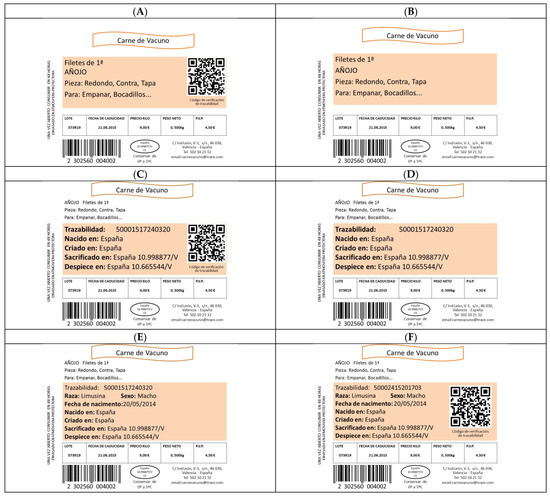 Foods, Free Full-Text07 novembro 2024
Foods, Free Full-Text07 novembro 2024 -
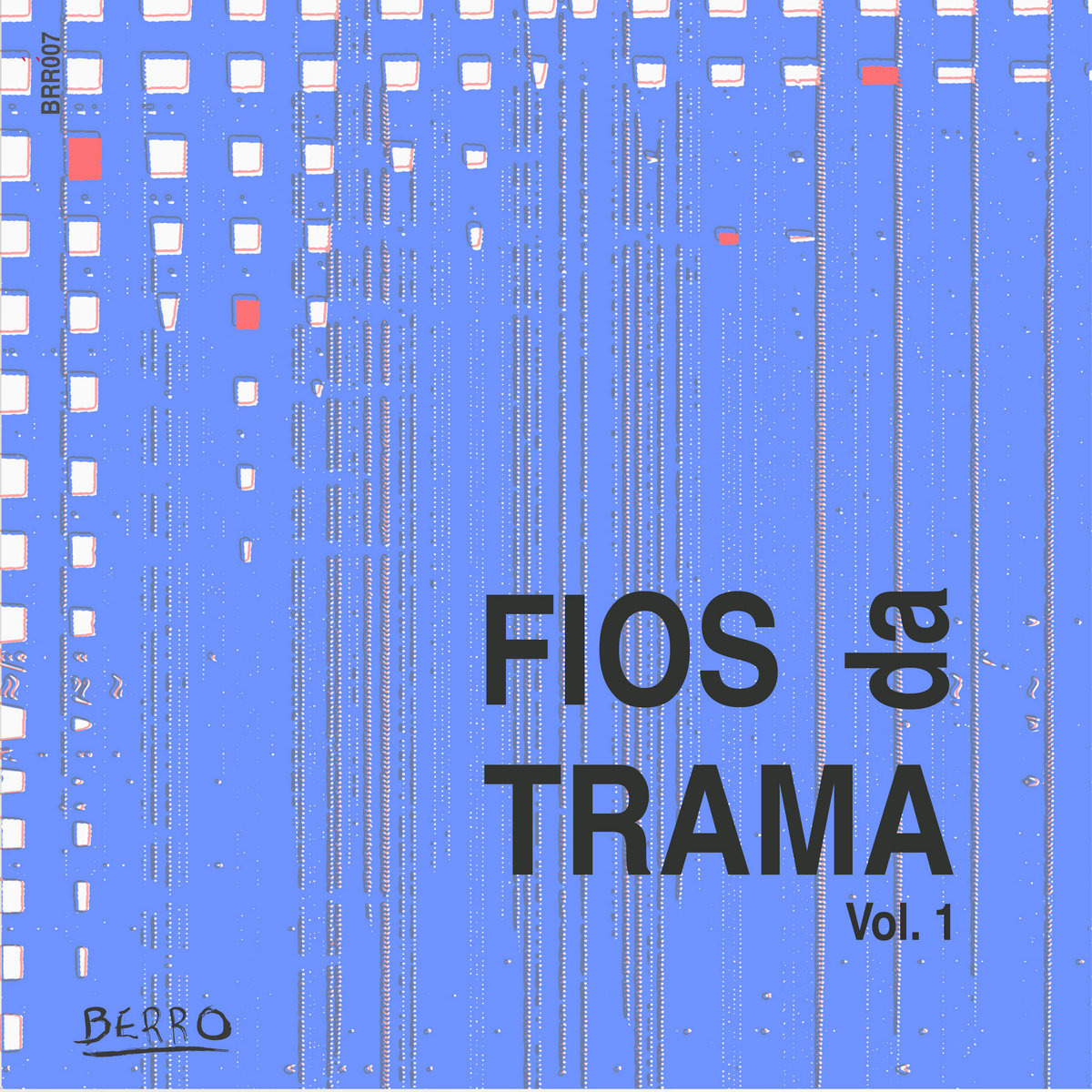 Fios da Trama - Vol. 107 novembro 2024
Fios da Trama - Vol. 107 novembro 2024 -
 DAISO Alphabet Cutter: Cookie Cutters07 novembro 2024
DAISO Alphabet Cutter: Cookie Cutters07 novembro 2024
você pode gostar
-
 Minecraft Earth goes live in preview for the entire United States07 novembro 2024
Minecraft Earth goes live in preview for the entire United States07 novembro 2024 -
 How to Make a DIY Pottery Wheel07 novembro 2024
How to Make a DIY Pottery Wheel07 novembro 2024 -
Get Pool Mania: 8 Ball Billiards - Microsoft Store07 novembro 2024
-
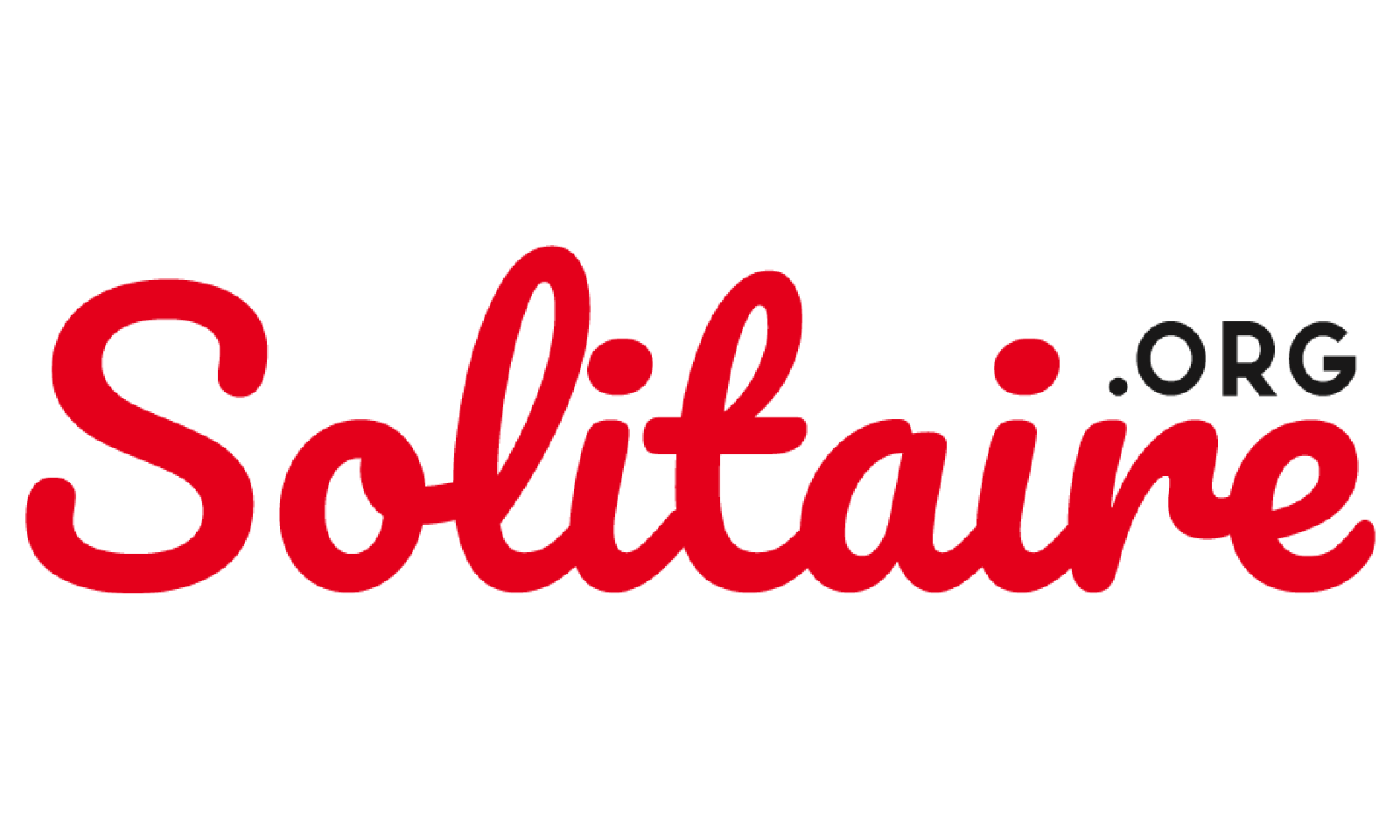 Play Spite and Malice Card Game Online for Free: Spite & Malice Video Game With No App Download07 novembro 2024
Play Spite and Malice Card Game Online for Free: Spite & Malice Video Game With No App Download07 novembro 2024 -
 NEW UPDATE CAR PARKING MULTIPLAYER v.4.8.5.1, MOD UNLIMITED COINS AND UNLOCK EVERYTHING07 novembro 2024
NEW UPDATE CAR PARKING MULTIPLAYER v.4.8.5.1, MOD UNLIMITED COINS AND UNLOCK EVERYTHING07 novembro 2024 -
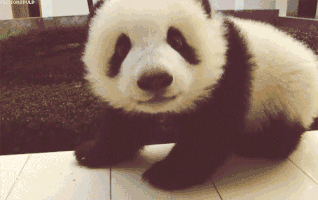 Animal Gif - IceGif07 novembro 2024
Animal Gif - IceGif07 novembro 2024 -
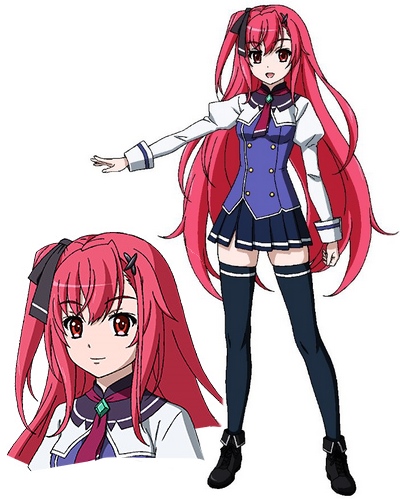 Misora Whitale - Character (71882) - AniDB07 novembro 2024
Misora Whitale - Character (71882) - AniDB07 novembro 2024 -
 Category:Characters, Piggy Wiki07 novembro 2024
Category:Characters, Piggy Wiki07 novembro 2024 -
 Download Survive mod for Minecraft 1.20.1/1.19.3/1.18.2/1.17.1/1.16.5/1.15.2 for free07 novembro 2024
Download Survive mod for Minecraft 1.20.1/1.19.3/1.18.2/1.17.1/1.16.5/1.15.2 for free07 novembro 2024 -
 How to Download New Demon Slayer Mobile Game GLOBAL VERSION!07 novembro 2024
How to Download New Demon Slayer Mobile Game GLOBAL VERSION!07 novembro 2024


